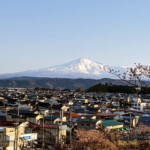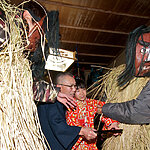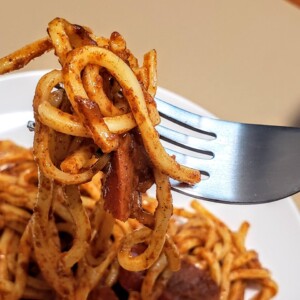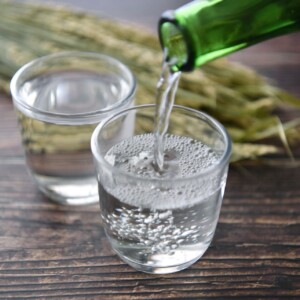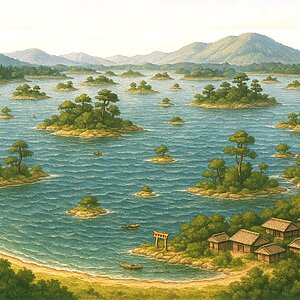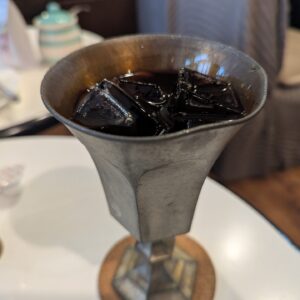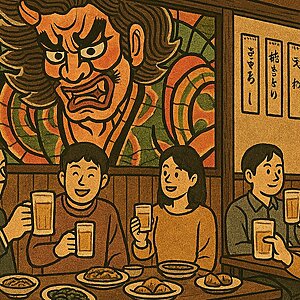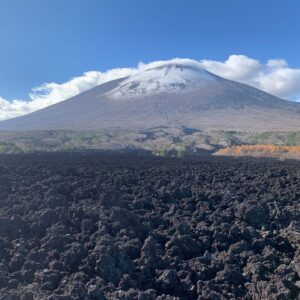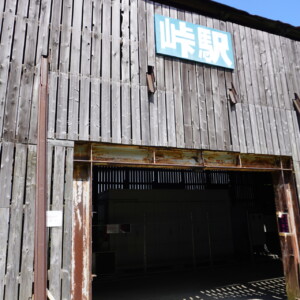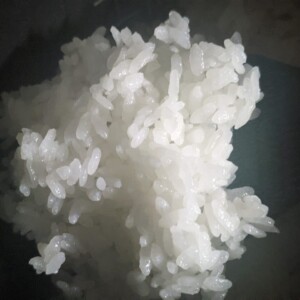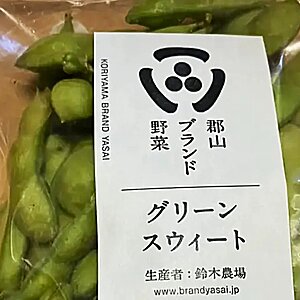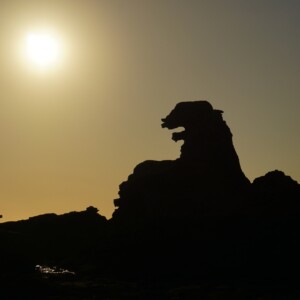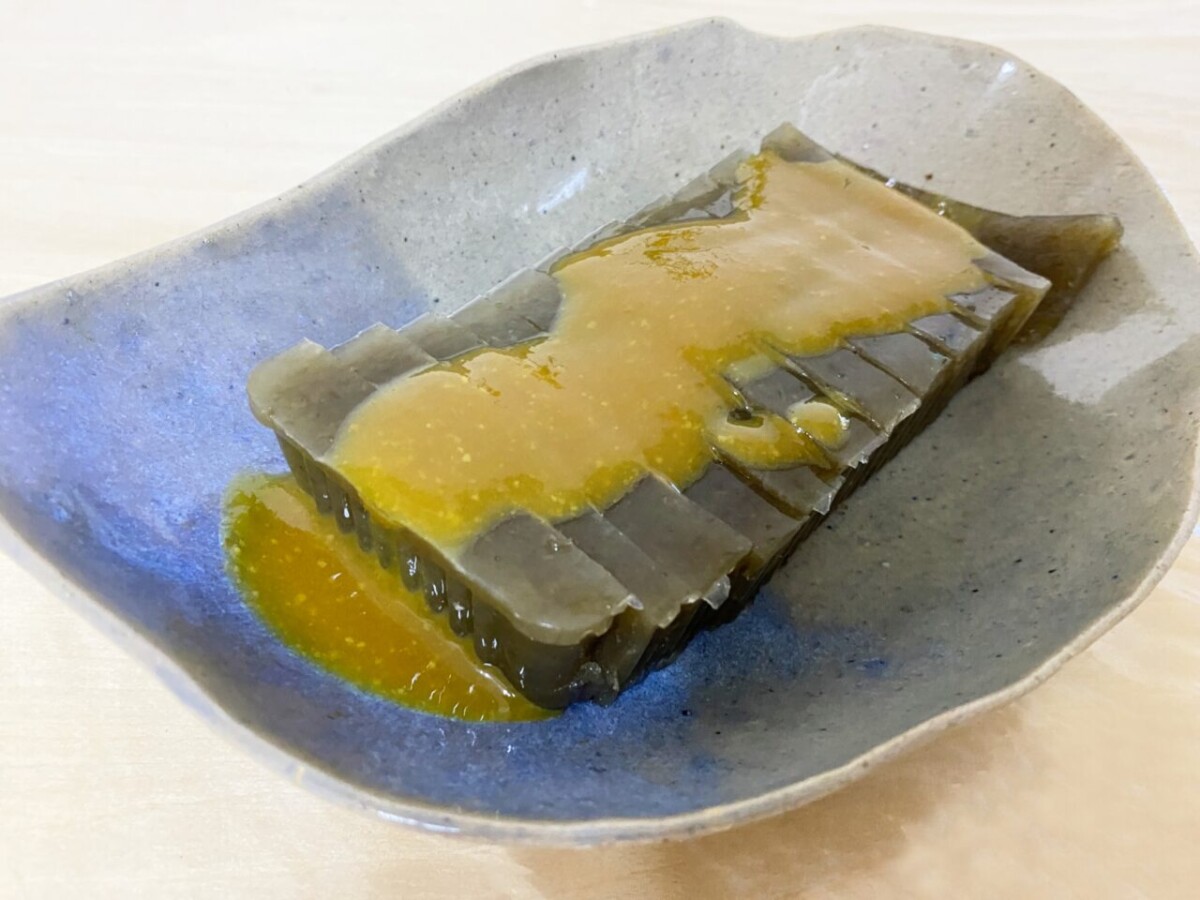
えごとは?海藻からできる低カロリーでヘルシーなお土産をご紹介【秋田県】
旅行のお土産で美味しいものを手に入れられるのはうれしいけれど、ハイカロリーなものが多くて気になってしまうという人はいませんか?
この記事ではそんな人におすすめの低カロリーでヘルシーなお土産「えご」をご紹介します。
「えご」とは?
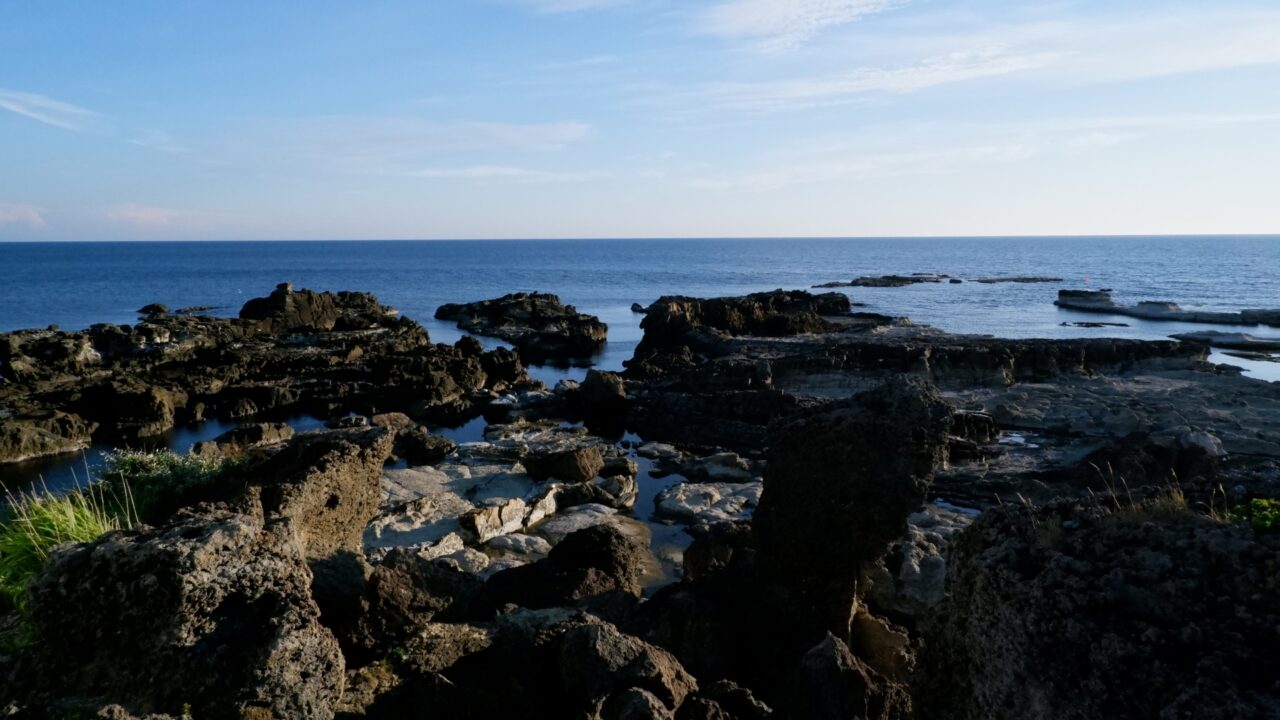
えごとは紅藻類イギス科の海藻である「えご草」を煮て溶かし、よく練ったものを冷やして固めた食品です。
えご草の旬は7月~8月のため、夏に食べることが多いでしょう。
えごはえご草が採れる日本海沿岸の各地で食べられているため、呼び方や食べ方の違いを表にまとめてみました。
|
|
えごの呼び方 |
味付け |
備考 |
|
秋田県 |
えご |
・醤油 ・かつおぶし |
・日常のおかずとして食べる |
|
山形県 |
えご |
・酢味噌 ※余ったら味噌漬けにする |
・冠婚葬祭やお祭りの日などの「ハレ」の日に食べる |
|
新潟県 |
えご |
・辛子酢味噌 ・わさび醤油 |
・冠婚葬祭やお祭りの日などの「ハレ」の日に食べる |
|
佐渡島 |
いごねり |
・ねぎ醤油 ・しょうが醤油 |
・ところてんのように細く切る ・冠婚葬祭やお祭りの日などの「ハレ」の日に食べていたが少しずつ日常のおかずにも取り入れられている |
|
長野県 |
いご |
・辛子醤油 ・辛子酢味噌 |
・冠婚葬祭やお祭りの日などの「ハレ」の日に食べる |
日本各地で食べられていますが、秋田県ではハレの日のごちそうとしてではなく、普段のおかずとしてよく食べられているのが他の地域との大きな違いです。
また食品成分データベースでえごの栄養成分を調べてみると「えごのり 素干し」で表示があり、100gあたりに血糖値の急激な上昇を防ぐ食物繊維が53.3g、骨を作るカルシウムが210mg含まれていてカロリーは179kcalのため、栄養価が高く低カロリーな食品だと言えるでしょう。
自家製えごの作り方
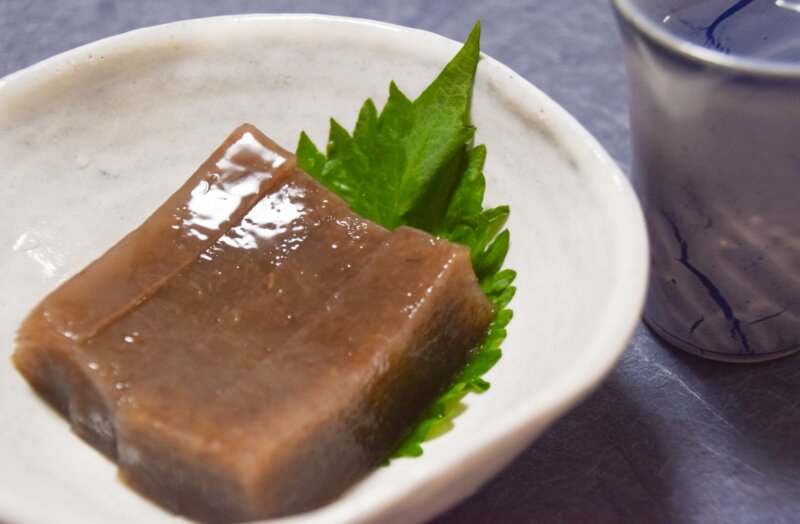
えご草を使用して自家製でえごを作る方法をご紹介します。
材料(6~7人分)
- えご草(50g)
- 水(1000ml)
作り方
- えご草をほぐしながら水洗いし、ごみを取り除く
- 水を切って鍋に入れ、水を入れて強火で煮立たせる
- 煮立ったら中火にして木べらなどを用いてゆっくりかき混ぜる
- えご草が溶けたら弱火にして鍋底が焦げないように10~15分ほど練る
- えごを鍋から容器に移し、粗熱が取れたら冷蔵庫で冷やし固まれば完成
そこまで難しい手順ではないため、ぜひ一度チャレンジしてみてください。
えごとわけぎの酢味噌和えのレシピ
えごはそのまま食べても美味しいのですが、アレンジを加えてごはんのおかずやお酒のおつまみとしても食べやすくした「えごとわけぎの酢味噌和え」のレシピをご紹介します。
材料(1人分)
- わけぎ(適量)
- えご(20g)
- 味噌(大さじ1/2)
- 砂糖(小さじ1)
- 酢(大さじ1/2)
作り方
- わけぎを洗ってゆで、根の部分を取って切る
- えごを短冊切りにする
- ボウルで調味料を混ぜ、わけぎとえごを加えて全体を和えて完成
わけぎにもえごにも酢味噌がよく合うため、箸が止まらない一品だと言えるでしょう。
また食品成分データベースでわけぎを検索すると、100gあたりビタミンCを21mg、食物繊維を3.1g含んでいるため便秘や風邪の予防に効果的であることがわかります。
えごと一緒に食べることでさらに食物繊維を豊富に摂取できるため、お腹の調子が良くない時におかずとして取り入れるのもおすすめです。
最後に
えごは秋田県だけではなく日本海沿岸のさまざまな地域で愛されている食品ですが、秋田県内では冠婚葬祭のごちそうではなく普段のおかずとしてよく食べられていることがわかりました。
栄養豊富で身体に優しく、ごはんのおかずにもお酒のおつまみにもよく合うのでぜひ食べてみてください。





